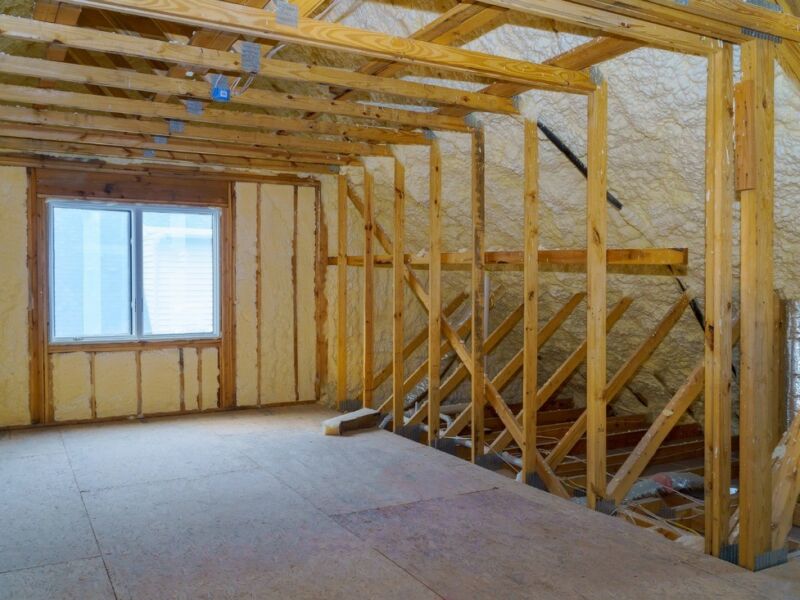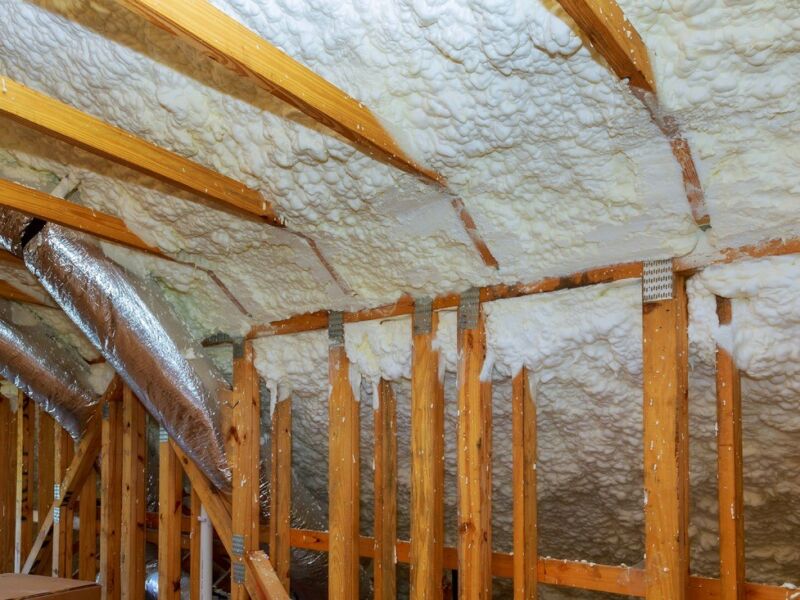
Attic Insulation: The Secret to a Cozy and Cost-effective Home
Proper home insulation is essential for maintaining a comfortable indoor environment while also reducing energy costs. One area of the house that often gets overlooked when it comes to insulation is the attic. Attic insulation plays a crucial role in keeping your home cozy and cost-effective. In this article, we will explore the benefits of attic insulation, its installation process, common problems, and maintenance tips.
The Benefits of Attic Insulation

Installing insulation in your attic offers several advantages:
- Improved Energy Efficiency: Attic insulation prevents the transfer of heat between your living space and the outdoors. By creating a thermal barrier, it helps maintain comfortable indoor temperatures, reducing the need for excessive heating or cooling.
- Cost Savings: With proper attic insulation, your HVAC system doesn’t have to work as hard to maintain the desired temperature. This can lead to significant energy savings and lower utility bills.
- Enhanced Comfort: Adequate insulation prevents drafts, cold spots, and hot spots in your home. It helps maintain consistent temperatures throughout all seasons, ensuring a comfortable living environment.
- Noise Reduction: Attic insulation also acts as a sound barrier, reducing the transmission of external noises into your home. This is particularly beneficial if you live in a noisy neighborhood or near busy roads.
- Environmental Impact: Insulating your attic decreases your carbon footprint by reducing greenhouse gas emissions. It allows you to rely less on fossil fuel-based heating and cooling systems.
Installation Process
Attic insulation installation involves the following steps:
- Assessment: A professional insulation contractor assesses your attic’s current insulation levels, identifies any gaps or damaged insulation, and determines the appropriate insulation material for your needs.
- Preparation: Before installing new insulation, the attic must be properly prepared. This includes sealing air leaks, addressing any moisture issues, and ensuring proper ventilation.
- Insulation Material Selection: The insulation contractor helps you choose the most suitable insulation material based on factors such as your climate, budget, and energy efficiency goals. Common options include fiberglass, cellulose, and spray foam insulation.
- Installation: The chosen insulation material is installed in the attic, covering all accessible areas. Special attention is given to insulating the attic hatch, pipes, and recessed lighting fixtures.
- Post-installation Evaluation: After completion, the insulation contractor assesses the insulation’s effectiveness, ensuring that no gaps or areas of compromised insulation remain.

Common Problems and Solutions
While attic insulation offers numerous benefits, it can encounter several problems over time. Here are some common issues and their solutions:
1. Moisture and Mold:
Moisture accumulation in the attic can lead to mold and mildew growth. This can compromise the effectiveness of insulation and pose health risks. Proper attic ventilation and moisture control measures should be in place to prevent such issues. In case of existing mold, professional mold remediation may be required before re-insulating the attic.
2. Insufficient Insulation:
If your attic lacks adequate insulation or has damaged insulation, it may result in energy loss and temperature fluctuations. Adding or replacing insulation can address this issue, ensuring optimal insulation levels for energy efficiency and comfort.
3. Air Leaks:
Air leaks in the attic can undermine insulation’s effectiveness. Sealing gaps, cracks, and openings using caulking, weatherstripping, or spray foam insulation can prevent air leaks, improving overall energy efficiency.
Attic Insulation Maintenance Tips
To maintain the longevity and effectiveness of your attic insulation, consider the following maintenance tips:
- Regular Inspection: Schedule periodic attic inspections to look for signs of damage, moisture, or pests that may compromise the insulation. Address any issues promptly.
- Proper Ventilation: Ensure your attic has adequate ventilation to prevent moisture buildup and promote airflow. This helps preserve insulation quality and prevents mold growth.
- Address Air Leaks: Regularly check for air leaks and seal them promptly. Focus on areas around electrical outlets, recessed lighting fixtures, and attic access points.
- Maintain Insulation Depth: Over time, insulation may settle or become compressed. Check the insulation’s thickness and add more if needed to maintain optimal insulation levels.
By following these maintenance tips, you can ensure that your attic insulation continues to provide maximum energy efficiency and comfort for years to come.
Frequently Asked Questions (FAQs)
Q: Why is attic insulation important for a home?
Q: How often should I inspect my attic insulation?
Attic insulation plays a crucial role in creating a cozy and energy-efficient home. By understanding its benefits, installation process, common problems, and maintenance tips, you can make informed decisions to ensure optimal attic insulation performance. For professional attic insulation services in Las Vegas, contact JGW Group Water Damage Restoration Las Vegas.



